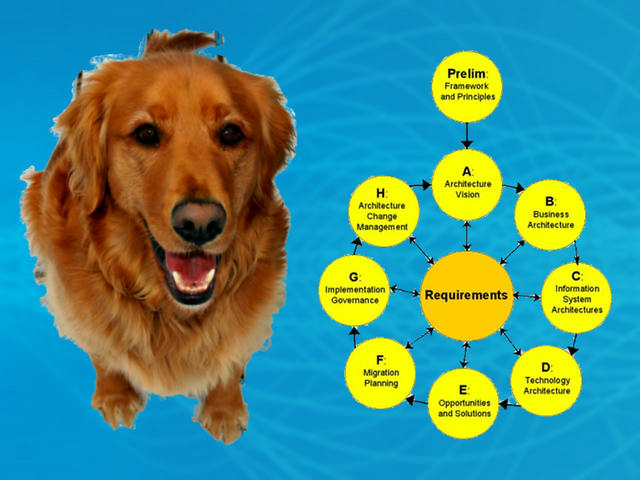
Three Enterprise Architecture Principles for Building Clouds
After having gone through TOGAF training and certification, I’ve now caught the Enterprise Architecture bug, as you can probably tell by this article. It is a really neat way to add structure to the IT development process and to better understand what it really means to solve business problems with IT.
One of the first things TOGAF recommends architects do when establishing an Enterprise Architecture practice within a company is to formulate Architecture Principles that guide the development of solutions. During the last few workshops and during some discussions with other architects, three principles in particular struck me as being key to successfully developing a Cloud solution:


